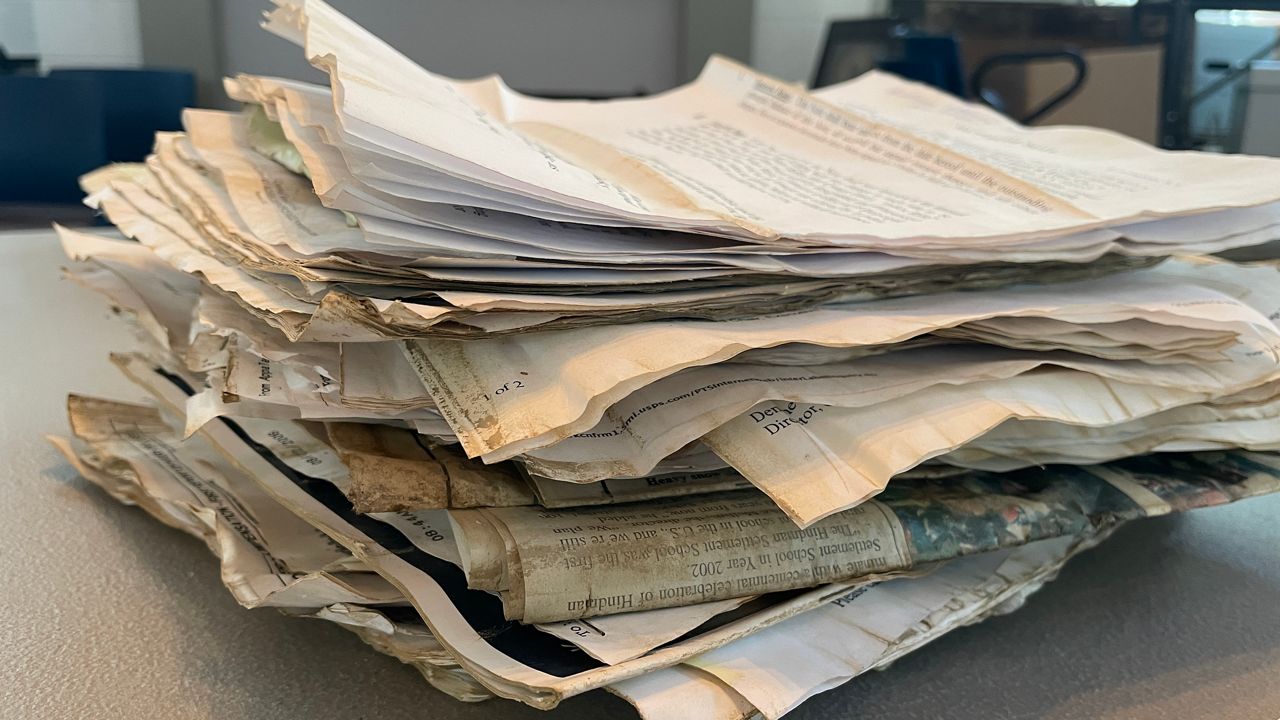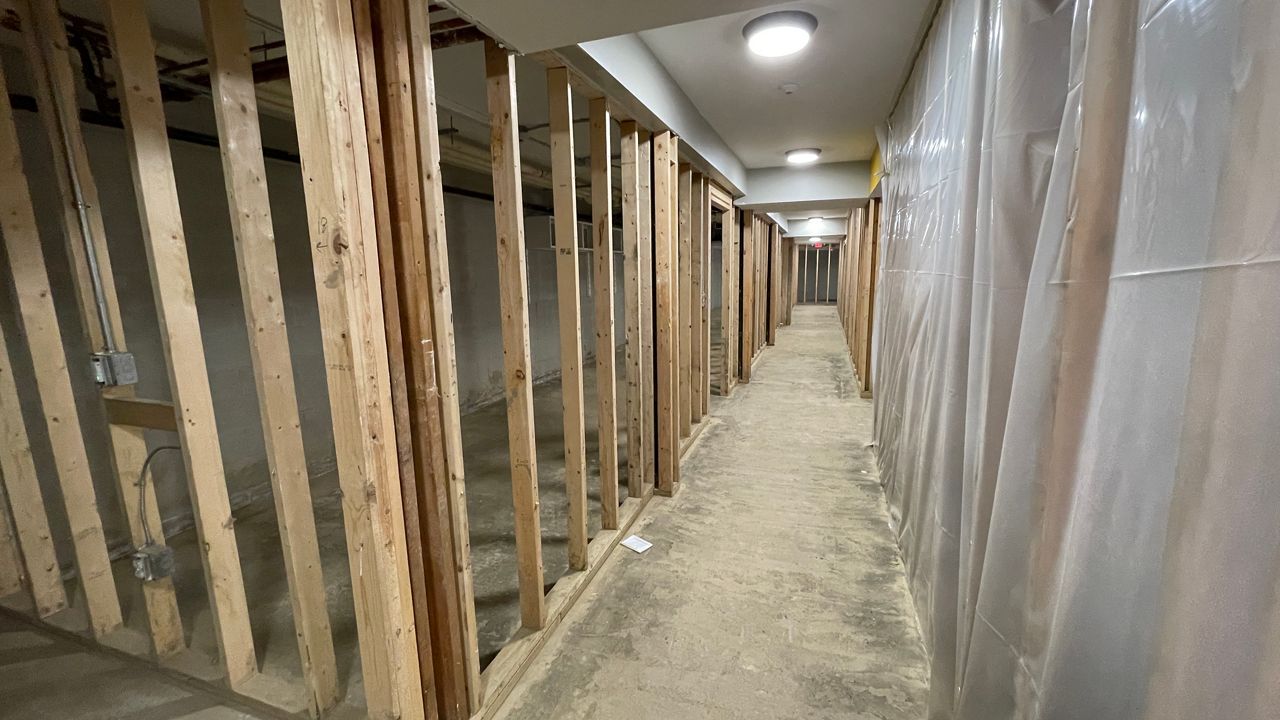HINDMAN, Ky. — Three months after eastern Kentucky’s historic flooding, places like the Hindman Settlement School are showing signs of recovery. Event areas which were used for supple distribution are now nearly empty. Cultural events and author’s summits are slowly returning to their campus as well.
Progress is also being made on their archive, which was damaged when the Troublesome Creek flooded the bottom floor of their main building. Nearly all the documents that were frozen to prevent mold from spreading have been thawed out. All but one freezer on-site has been emptied. Beginning back in September, dozens of volunteers did this work, including several women from the Daughters of the American Revolution.

“Unless it is something precious that a conservator will clean, we’re going to eventually copy these and dispose of them,” Melissa Helton, the school’s community program director, said.

Helton explains because of the contaminates in the flood water, it’s just not safe to keep most of the original documents. However, there are several items that will be saved, such as a number of documents from Appalachian folk singer Jean Ritchie.
“So some of these, I believe should be moved into the archive because they are historic and that’s a decision that will need to be made as our volunteers are going through and photocopying these because some of these need to move into our official archive,” Helton said.
Other portions of the school’s collection are also being housed in other parts of the state and in Tennessee. Eventually, a conservator will determine what parts of the archive can be saved.
As for the location where the archive was previously held, its future use is still yet to be determined.
“So the decision is being made that you know with a thousand-year flood, with climate change and all that kind of stuff, it’ll happen again in another generation, maybe next year, and so we are not going to rebuild our archives or our office space down here,” Helton said.
Just the building’s laundry room is in use on the bottom floor.
While progress has been good, Helton says there is still a lot of work to get things back to where they were before the flood.
“Still so much that needs done,” Helton said.



